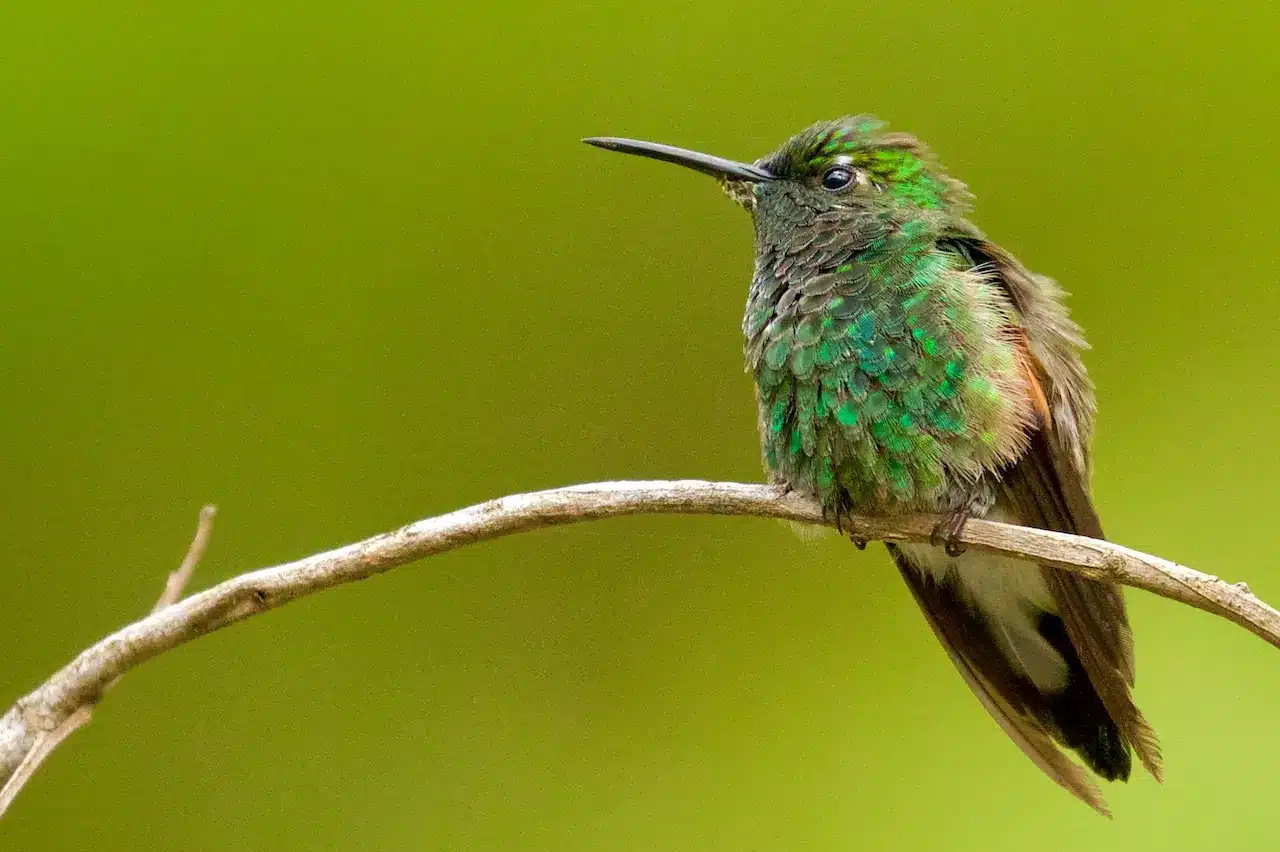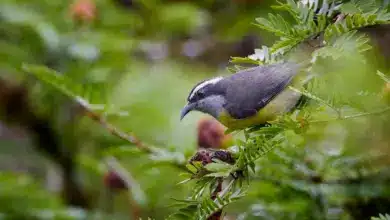Polynesian Sandpiper
The two to four species of Polynesian sandpiper, the only members of the genus Prosobonia, are small wading birds confined to remote Pacific islands of French Polynesia. Only one species now exists, and it is rare and little known. This bird is sometimes separated into the genus Aechmorhynchus, restricting the genus to the extinct southern forms.
The Tuamotu Sandpiper, P. cancellata, is a unique short-billed all-brown wader previously found over a large area of the Pacific, but now confined to a few islands in the Tuamotu archipelago and still declining. Its decline appears to be due to human habitation encroachment and introduced mammals. It feeds on insects, but takes some vegetable material from its coastal haunts. It nests on the ground, and has a soft piping call.
The extinct Tahitian Sandpiper, P. leucoptera of Tahiti was similar in size and shape to P. cancellata. It had brown upperparts, reddish underparts, a white wingbar, and some white on the face and throat. It became extinct in the 19th century, and little is known of it.
There was a similar bird on Moorea which differed in some minor details from P. leucoptera, notably the larger extent of white in the wing, and has been described as White-winged Sandpiper (P. ellisi). However, although two species are generally listed, the question of whether they actually did constitute separate species is probably unresolvable as only a single specimen exists today, apart from some contemporary paintings.
From Mangaia in the Cook Islands, Ua Huka in the Marquesas, and the remote South Pacific Henderson Island (Wragg 1995), subfossil remains of Prosobonia have been recovered but not yet named. The first of these was almost certainly more closely related to the Tahiti and Moorea populations than to the Tuamotu Sandpiper, but the exact nature of their relationship is unlikely to be resolved anytime soon. It disappeared in the early-mid 1st millennium AD, probably not long after 300 AD.
The Ua Huka and Henderson forms can be assumed to have been closer to the living species. The latter, a distinct species with long legs and short wings (Wragg & Weisler 1994), became extinct only about 1000 years after the Mangaia form, sometime after 1200.
Copyright: Wikipedia. This article is licensed under the GNU Free Documentation License. It uses material from Wikipedia.org … Additional information and photos added by Avianweb.
Please Note: The articles or images on this page are the sole property of the authors or photographers. Please contact them directly with respect to any copyright or licensing questions. Thank you.




